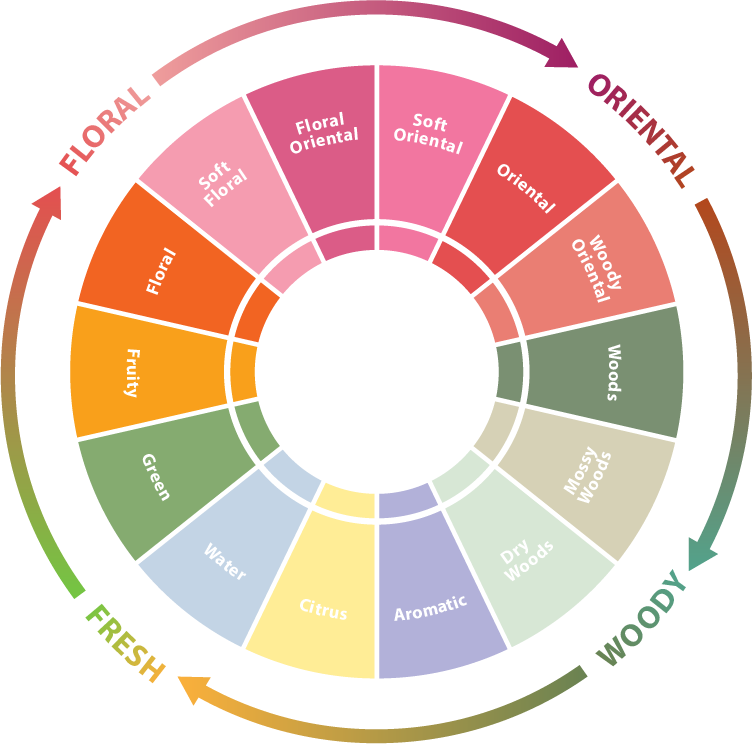What is a Fragrance family?
Everything in our world is categorized — food, clothes, movies, music, etc. Perfumes are no exception.
Most of us are familiar with the standard divisions of perfumes; for men and women. However, there’s a more complex science within these fragrances that has its unique categorizations. This can be called Fragrance Wheel.
Perfume notes are the unique aromas that perfumers mix to form the fragrances we love to wear. Just like we all have our different styles, subconsciously, most humans are drawn to certain aromas and fragrances. You might not notice until you take a deep whiff of your perfumes and realize that they all have a particular note in common.
(Perfume note has two meanings, one refers to a specific scent of the perfume, and the other refers to the phased scent of the perfume, which is mainly based on the different release stages of the perfume,there are top note,middle note and based note)
There are many types of perfume notes, and there are still more to be discovered. To make things easier for perfumers and people in general, perfume notes have categorizations. These categorizations are known as fragrance families.
A fragrance family is a group of similar perfume notes. These perfume notes might be identical in raw materials, sometimes called scents. By raw material, we mean that the perfumes may have been culled from the same type of organism, e.g., fruits, plants, etc.
The fragrance families have been in existence since the early 1900s. The first categorizations (also known as the traditional fragrance family) divided fragrances into seven divisions:
Single Floral: This category was also known as Soliflore in French. These define aromas that are focused around a single flower. This doesn’t mean that other aromas aren’t used in the production of these fragrances. However, any other ones used will only be to enhance and further emphasize the focus smell.
Floral Bouquet: In direct contrast to the preceding family, these perfumes focus on several flowers. They combine many different flower scents in one perfume, forming a veritable bouquet in a bottle. Women usually wore these more. However, some parfumiers added some more masculine undertones to make it unisex.
Amber: This fragrance family is rather broad. Some say it was also known as Oriental, others claim that to be false. However, the perfume notes in this fragrance are widely known to have a sensual and warm aroma. They’re a combination of multiple notes, and families by the most notable ones are animals, flora, and vanilla. Both sexes used them.
Woody: This family comprises of smells that are more commonly recognized as manly fragrances. Aromas often used from this family are cedar, patchouli, sandalwood, and vetiver. These fragrances are usually warm and evoke memories of forests, plants, and the great outdoors.
Leather: While the fragrances found in this family aren’t commonly found in nature, they can be created through other notes. You can expect to find aromas like wood, tobacco, vetiver, honey, wood tar, smoke, etc., within this family. By blending these, a sniff of such a perfume will remind you of the smell of a new leather jacket.
Chypre: Chypre (pronounced sheep-ra) is the French word for Cyprus, an island in the Mediterranean. This place was where many of the scents found in this fragrance family were discovered. Chypres use contrasting perfume notes to form many different types of aromas. They commonly combine light, citrus aromas, and darker woody ones. Their aromas can also be leathery or with a mossy undertone.
Fougère: The name of this fragrance family translates to “Fern-like” in English. The aromas in this category are also inspired by nature. But they are on the lighter side when compared to woody aromas. Smells like lavender, coumarin, and oakmoss can be found amongst the fougère family.
These seven categories are good to know, but they were rendered obsolete in 1945. Since then, there have been many discussions and debates on the proper categorization of aromas. With that in mind, we’d like to get this out there:
No fragrance categorization has complete approval.
However, perfuming is an extensive art, and there has to be some sort of widely accepted division. The one with the most approval splits the fragrances into four families: Floral, Oriental, Woods, and Fresh. These four families embody all the above categories and even more undiscovered ones found in the early 20th century.
Knowing which family your favored smell belongs to can help you pick out your favorite perfumes easily. However, picking out several notes within a bottle of perfume only comes with practice. Your olfactory senses will need training. But for now, here are the four modern fragrance families, their sub-families, and examples of their notes.
Floral
The floral aroma has a distinctive smell of flowers and can be either light or slightly heavy. These are usually for women, but a masculine undernote can be added to make it suitable for male use. This family has four subfamilies.
Floral Subfamilies
-
Fruity:
These take the smells of various sweet and edible fruits. They can be either light or vaguely heavy.
Features: They smell sweet. They can be either subtle or dense and tropical.
Examples: Guerlain Mitsouko, Chant d’Aromes
Suitable for: Females
Occasion: Date night, work, daily activities.
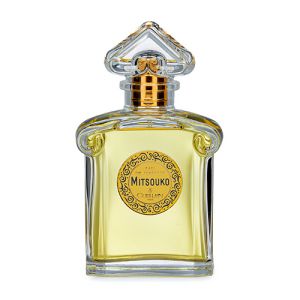
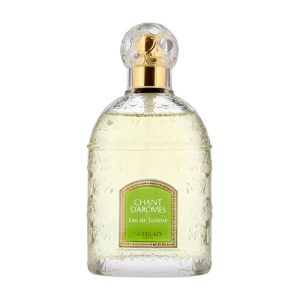
-
Soft Floral:
Most people believe anything floral will smell sweet. But, it is the soft floral that really smells the sweetest. Delicate florals usually have a very smooth and powdery aroma. Some can even be described as creamy.
Features: Softer than other floral aromas. It has a powdery smell.
Examples: Chanel Chance Eau Tendre, Jo Malone Red Roses Cologne.
Suitable for: Females
Occasion: Dates, work.
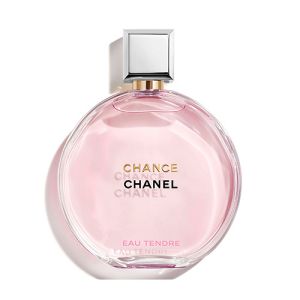
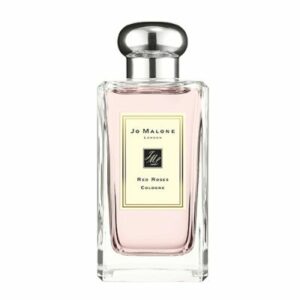
-
Floral:
This subfamily is as straightforward as possible. It focused on preserving the freshness of the flower. Perfumes in this category smell like freshly-picked flowers.
Examples: Marc Jacobs Fragrances Daisy Eau So Fresh, Gorgeous Gardenia.
Suitable for: Unisex
Occasion: dates, daily activities, meetin
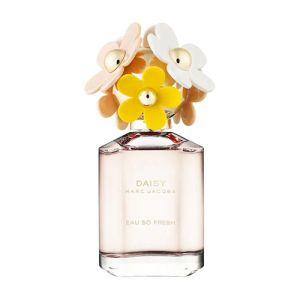
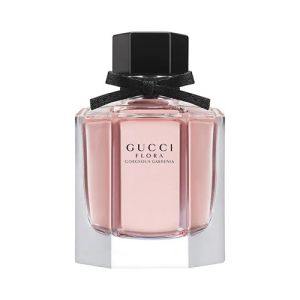
-
Floral Oriental:
Here, the sharp smells of spices are present amongst the sweetness of the flowers. Perfumiers can do this by adding a spice note or choosing a floral one with a more definite aroma like the orange blossom.
Examples: Ever Bloom, Eau De Lacoste Femme Sensuelle
Suitable for: Unisex
Occasion: Date, night clubs, outdoor activities, work, meetings.
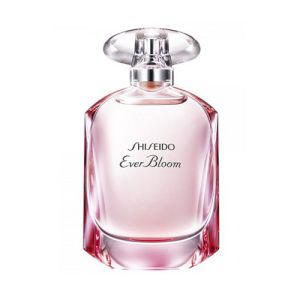
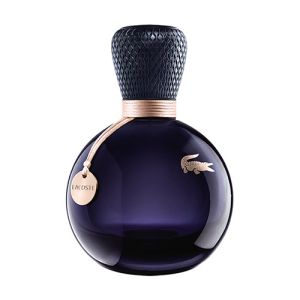
Oriental
The oriental family consists of rich, dry aromas. These aromas have a heady, seductive aroma and may even have a powdery smell attached. These notes can be quite sharp, so some perfume makers temper them softer, floral aromas.
Oriental Subfamilies
-
Soft Oriental:
This subfamily mixes oriental notes with more delicate floral ones to create beautiful, warm fragrances.
Features: Soft floral and intense oriental aromas.
Examples: Robert Graham Valour,Amber Malaki.
Suitable for: Females
Occasion: All activities.
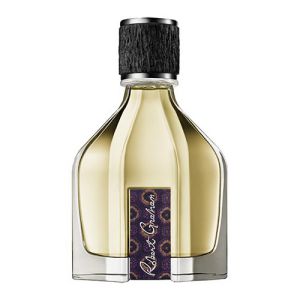
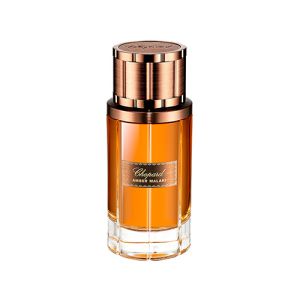
-
Oriental:
These notes stay true to the original oriental feel with sweet, sharp notes. The smells in the oriental subfamily are rich and warm. Think vanilla and cinnamon.
Features: Rich, warm, and sometimes spicy.
Examples: Estee Lauder Youth Dew, Black Opium Glowing Edition 2018.
Suitable for: Unisex
Occasion: Dates, night clubs, daily activities, meetings.
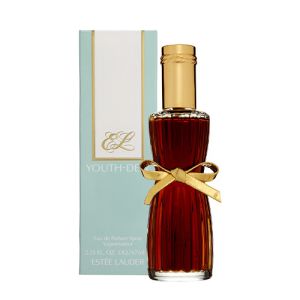
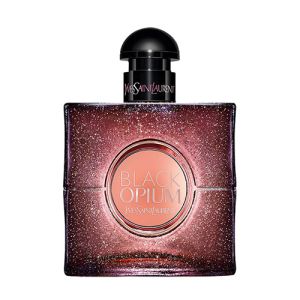
-
Woody Oriental:
This scent family mixes in woodsy musk with spicy oriental smells. Adding notes like sandalwood, cedar, and patchouli can add a new depth to any oriental fragrance.
Features: A blend of woody and oriental notes.
Examples: Boss Bottled Intense, Hypnotic Poison Eau De Toilette.
Suitable for: Unisex
Occasion: Dates, night clubs, outdoor activities, meetings.
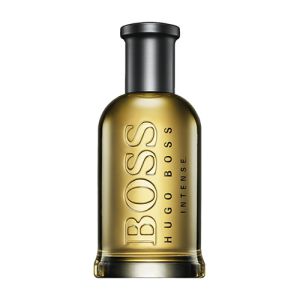
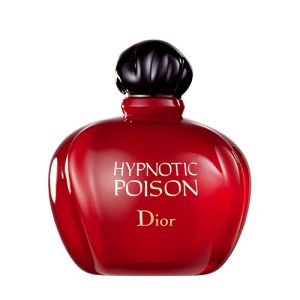
Woods
While all perfume notes have their significance, the ones found in the woods fragrance family are prominently so. These aromas are dry and warm and usually long-lasting. As such, they form the base notes for many perfumes (more on this later). These aromas are traditionally more masculine and have perfume notes such as vetiver, pine, sandalwood, birch, and miss.
Woods Subfamilies
-
Woods:
The perfume notes in this fragrance subfamily are dry but aromatic. Examples would include sandalwood or cedar.
Features: Perfume notes have dry, potent aromas.
Examples: Invictus by Paco Rabanne, Solo Loewe Cedro by loewe
Suitable for: Unisex
Occasion: All activities.
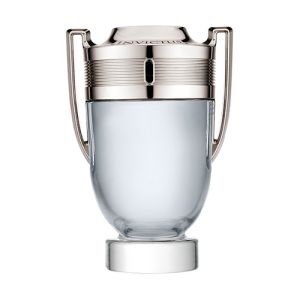
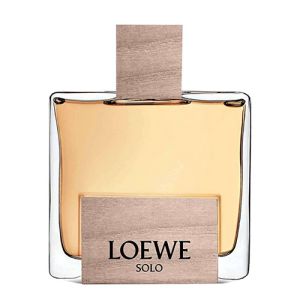
-
Mossy woods:
Mossy perfume notes are sweet, and are not as dry as woods perfume notes. They also have a rather earthy, deep aroma.
Features: Mossy and sweet
Examples: Emozione Salvatore Ferragamo, Mon Paris Eau De Toilette.
Suitable for: Unisex
Occasion: Work meetings
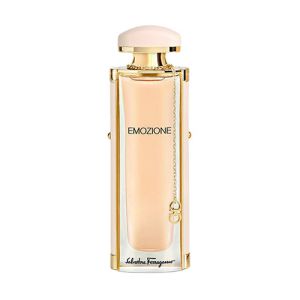
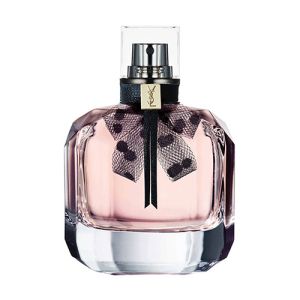
-
Dry Woods:
The perfume notes here have smells of sun-scorched wood. There are some with leathery notes nowadays. Examples may include vetiver and smoke.
Features: Dry, deep aromas.
Examples: Bottega Veneta Eau De Parfum, AURA LOEWE MAGNÉTICA
Suitable for: Unisex
Occasion: All activities.
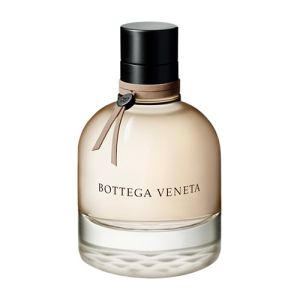
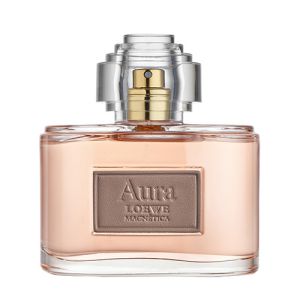
Fresh
The perfume notes held in these fragrances are all savory and clean. They mainly consist of light, herbal smells like lavender, mandarin, and lemon. Zesty, fruity perfume notes can be added to make it even more refreshing.
Fresh Subfamilies
-
Aromatic:
These perfume notes smell clean and natural. Lavender is a good example. Other examples could be taken from the woods’ fragrance family.
Features: Clean and sharp aroma.
Examples: John Varvatos Vintage, Horizon Davidoff
Suitable for: Unisex
Occasion: All occasions.
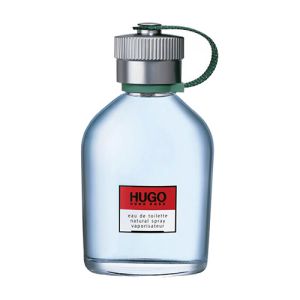
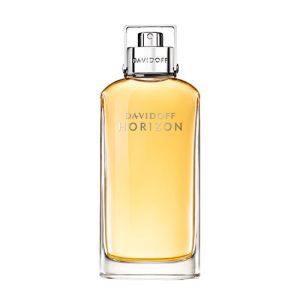
-
Citrus:
The perfume notes here will all have the tang and zest present in citrus fruits. Depending on how accompanying perfume notes are added, citrus fragrances can be used by both sexes.
Features: A sharp, zesty smell.
Examples: CH L’EAU (2017), ACQUA DI PARMA COLONIA.
Suitable for: Unisex
Occasion: Any occasion.
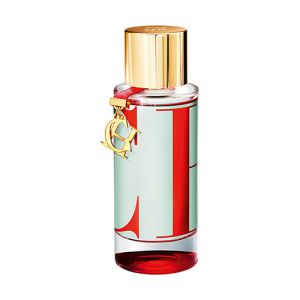
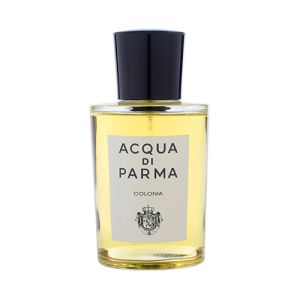
-
Water:
Even the very air we breathe has some perfume notes. Rain and saltwater have an ozonic smell that’s already been captured as perfume notes. These aromas are incredibly light.
Features: Light, airy smells of nature.
Examples: ACQUA DI GIÒ POUR HOMME, Cool Water by Davidoff.
Suitable for: Unisex
Occasion: Meetings, dates.
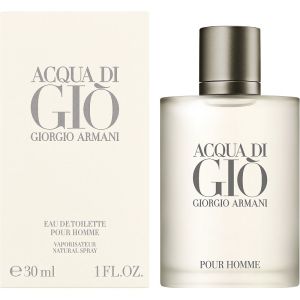
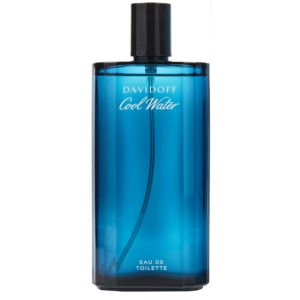
-
Green:
There’s a particular aroma when green things are plucked or crushed, and these can form perfume notes as well. You’ve probably experienced such aromas whenever you got close to a field of freshly mown grass.
Features: A pungent, sharp aroma.
Examples: Light Blue by Dolce & Gabbana, Tsi La Misaki
Suitable for: Males.
Occasion: Dates, night club, and outdoor activities
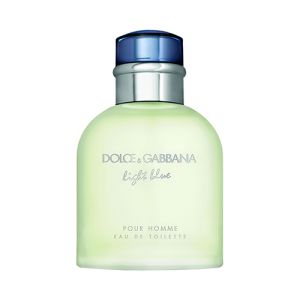
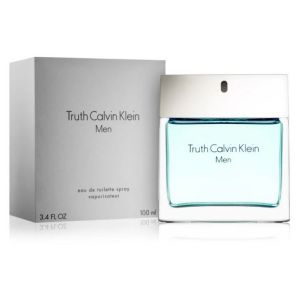
Fragrance Wheel
A fragrance wheel, also known as aroma wheel, fragrance circle, perfume wheel or smell wheel, is a circular diagram showing the inferred relationships among olfactory groups based upon similarities and differences in their odor. The groups bordering one another are implied to share common olfactory characteristics. Fragrance wheel is frequently used as a classification tool in oenology and perfumery.
With the development of the perfume industry, the fragrance wheel will be updated, the picture below is the latest

